
Kasanka Bat Forest: A Natural Marvel in Zambia
Witness the awe-inspiring bat migration in Kasanka Bat Forest, Zambia, a natural wonder that transforms the skies and offers unparalleled wildlife experiences.
Kasanka Bat Forest, located within the Kasanka National Park in Zambia, is one of the most extraordinary natural spectacles in the world. Every year, between October and December, millions of straw-colored fruit bats migrate to this forest, creating a breathtaking scene. This migration is considered one of the largest mammal migrations on Earth. The forest itself is a lush and diverse ecosystem, home to a range of wildlife including elephants, hippos, and various bird species. As the sun sets, the sky becomes a swirling mass of bats, providing an unparalleled experience for nature enthusiasts and photographers alike. The sheer number of bats, combined with the serene beauty of the forest, makes it a must-visit destination for anyone traveling to Zambia. Aside from the bat migration, Kasanka National Park offers a variety of activities such as guided walks, canoeing, and bird watching. The park's infrastructure is designed to offer comfort while maintaining a minimal environmental footprint. Visitors can stay in charming lodges or campgrounds, making it easy to immerse themselves in the natural beauty of the area. Whether you're an avid wildlife enthusiast or simply looking for a unique adventure, Kasanka Bat Forest promises an unforgettable experience.
Local tips in Kasanka Bat Forest
- Visit between October and December to see the bat migration at its peak.
- Book accommodations in advance as lodges and campgrounds fill up quickly during peak season.
- Bring binoculars and a camera with a good zoom lens for the best wildlife viewing and photography.
- Consider guided walks and canoeing trips to explore the park's diverse ecosystems.
- Wear long sleeves and apply insect repellent to protect against mosquitoes.
Kasanka Bat Forest: A Natural Marvel in Zambia
Kasanka Bat Forest, located within the Kasanka National Park in Zambia, is one of the most extraordinary natural spectacles in the world. Every year, between October and December, millions of straw-colored fruit bats migrate to this forest, creating a breathtaking scene. This migration is considered one of the largest mammal migrations on Earth. The forest itself is a lush and diverse ecosystem, home to a range of wildlife including elephants, hippos, and various bird species. As the sun sets, the sky becomes a swirling mass of bats, providing an unparalleled experience for nature enthusiasts and photographers alike. The sheer number of bats, combined with the serene beauty of the forest, makes it a must-visit destination for anyone traveling to Zambia. Aside from the bat migration, Kasanka National Park offers a variety of activities such as guided walks, canoeing, and bird watching. The park's infrastructure is designed to offer comfort while maintaining a minimal environmental footprint. Visitors can stay in charming lodges or campgrounds, making it easy to immerse themselves in the natural beauty of the area. Whether you're an avid wildlife enthusiast or simply looking for a unique adventure, Kasanka Bat Forest promises an unforgettable experience.
When is the best time to go to Kasanka Bat Forest?
Iconic landmarks you can’t miss
Lower Zambezi National Park
Explore the breathtaking landscapes and rich wildlife of Lower Zambezi National Park, a true gem in Zambia's natural heritage.
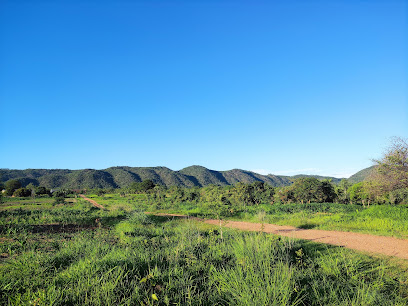
Lusaka National Park
Discover Lusaka National Park, the perfect nature escape for wildlife enthusiasts and adventure seekers in Zambia's capital, offering breathtaking landscapes and rich biodiversity.

Kataba Forest
Discover the enchanting tranquility of Kataba Forest, a lush woodland retreat in Zambia perfect for nature lovers and adventure seekers alike.

Unmissable attractions to see
Livingstone Crocodile Park
Explore the wonders of nature at Livingstone Crocodile Park, a wildlife refuge showcasing the majestic crocodiles and local biodiversity.
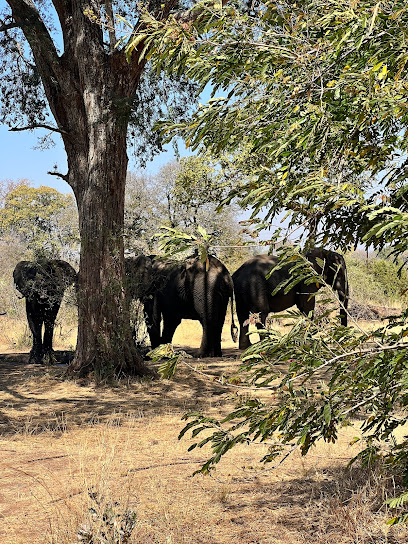
Mokřady Bangweulu
Discover the enchanting landscapes and vibrant wildlife at Mokrády Bangweulu, Zambia's stunning wetland paradise, home to the longest bridge in the country.
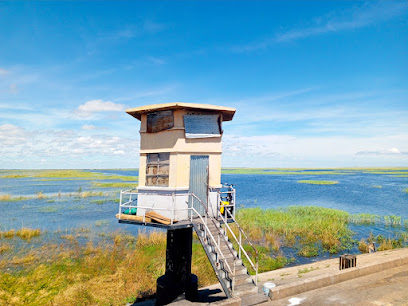
Kasanka National Park
Explore the breathtaking beauty and wildlife of Kasanka National Park, a premier destination for nature enthusiasts and adventure seekers in Zambia.
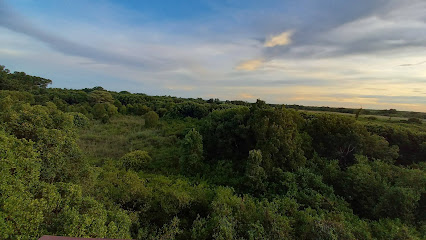
Nkwali Camp
Experience the authentic Zambian safari at Nkwali Camp, a perfect blend of comfort, wildlife adventure, and stunning natural beauty.
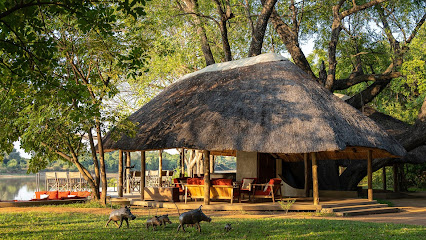
Lavushi Manda National Park
Explore Lavushi Manda National Park: A pristine wilderness filled with diverse wildlife, lush landscapes, and unmatched natural beauty in Zambia.
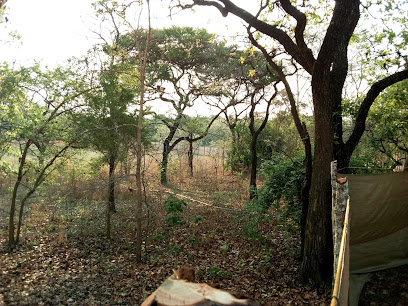
Livingstone Memorial site
Explore the Livingstone Memorial, a tribute to the adventurous spirit of David Livingstone, immerse yourself in Zambia's rich history and culture.
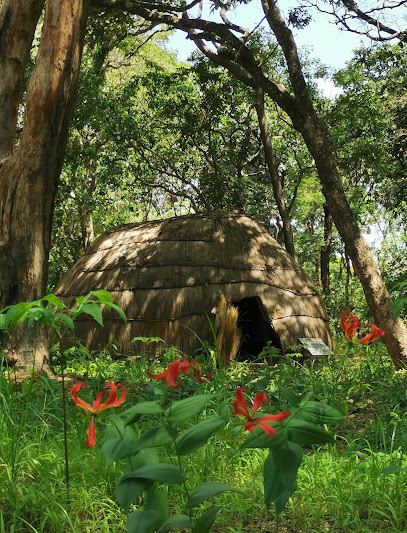
Kinda Camp
Discover the pristine wilderness of Kinda Camp National Park in Ndolwa, Zambia, where adventure meets tranquility in a stunning natural setting.

Essential places to dine
3 Trees Cafe
Experience the delightful flavors of Zambia at 3 Trees Cafe, your cozy retreat in Lusaka's vibrant culinary scene.
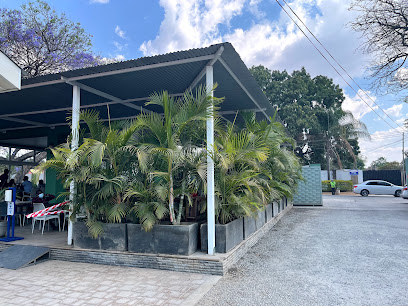
Marlin Restaurant
Discover exquisite steaks and vibrant dining at Marlin Restaurant, Lusaka's top destination for food enthusiasts seeking memorable flavors.
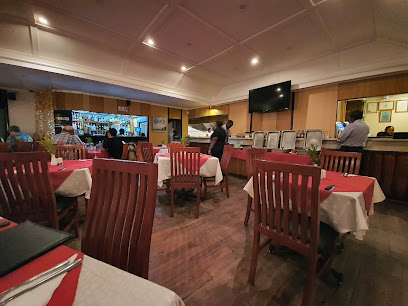
The Royal Dil
Experience authentic Indian flavors at The Royal Dil in Lusaka - a must-visit culinary gem for every traveler.
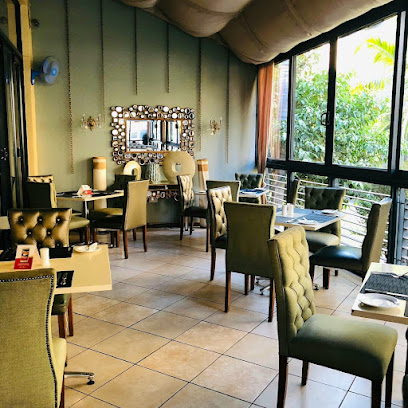
Mint Lounge
Discover the best of Zambian and international cuisine at Mint Lounge, Lusaka's premier dining destination.
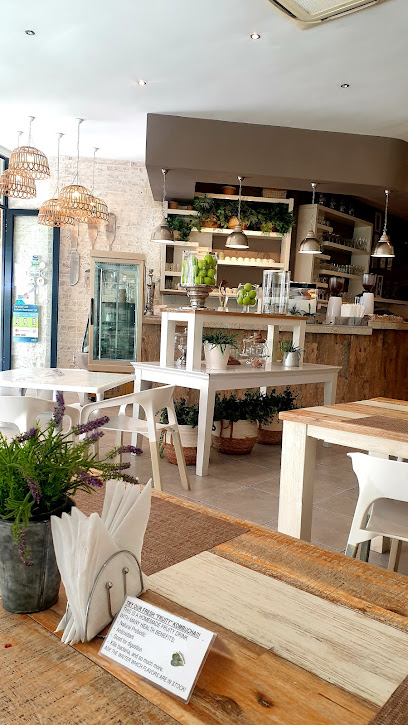
Dil Restaurant
Experience authentic Indian cuisine at Dil Restaurant in Lusaka – a vibrant culinary destination for food lovers.
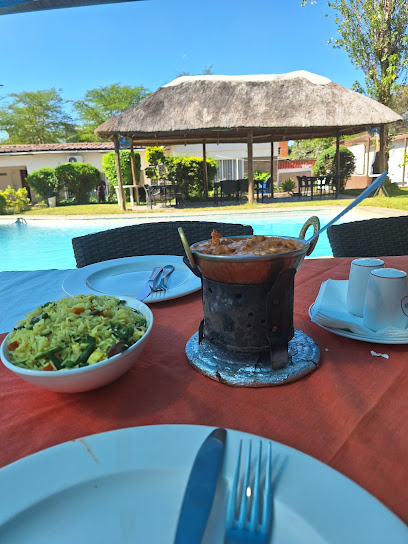
Onoma Mediterranean Restaurant
Experience authentic Mediterranean flavors in Lusaka at Onoma Restaurant – where every dish tells a story.
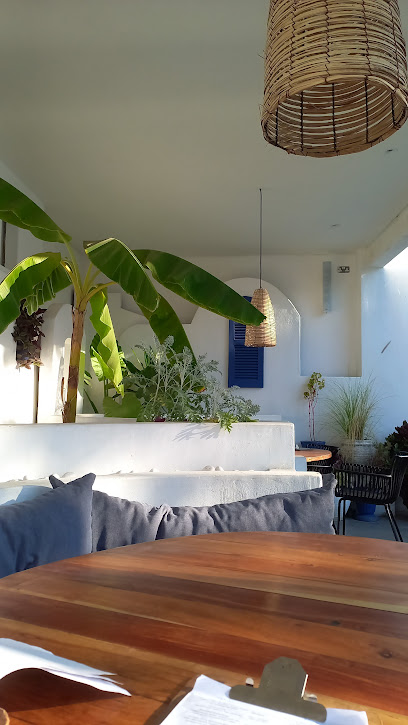
SHAKA'S GRILL
Discover authentic Zambian flavors at Shaka's Grill in Lusaka – a vibrant dining destination blending culture and cuisine.

Kasonx Restaurant
Discover authentic Zambian flavors at Kasonx Restaurant in Lusaka - where every meal tells a story.
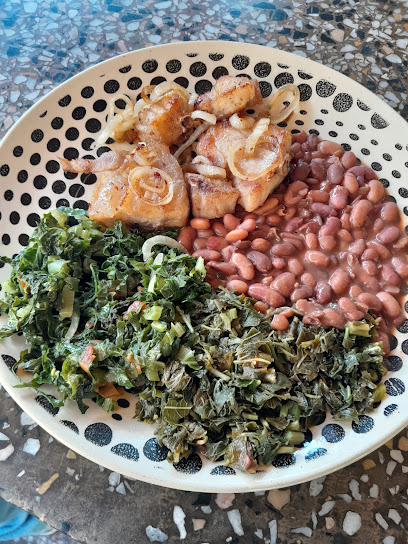
Lilayi Restaurant
Experience authentic Zambian cuisine at Lilayi Restaurant in Lusaka - where tradition meets taste in a serene setting.
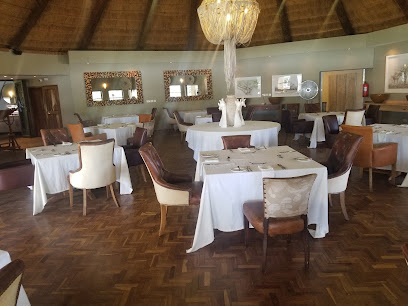
Zuli Bar & Grill
Experience authentic Zambian flavors at Zuli Bar & Grill in Lusaka – where culinary delights meet vibrant atmosphere.
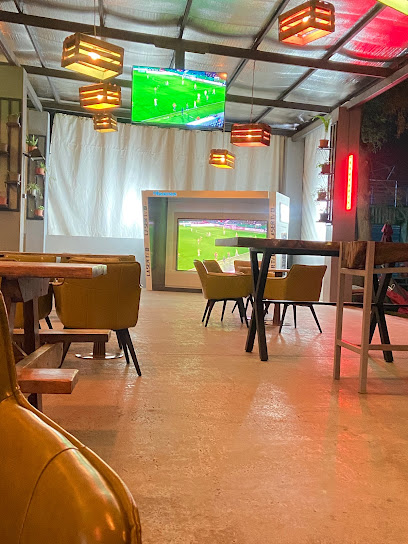
Musuku Restaurant
Experience authentic Zambian cuisine at Musuku Restaurant in Lusaka - a culinary gem filled with flavor and warmth.
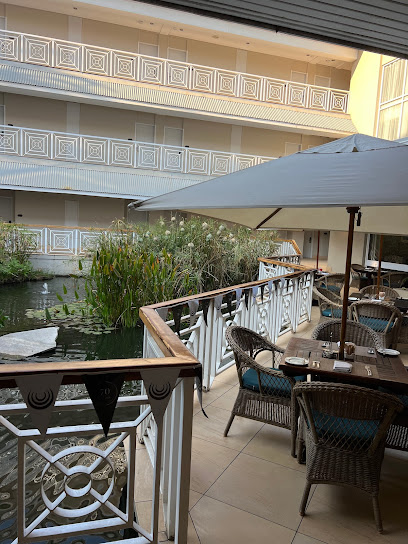
Markets, malls and hidden boutiques
EastPark Mall
Discover the vibrant shopping experience at EastPark Mall, Lusaka's top destination for retail, dining, and family entertainment.
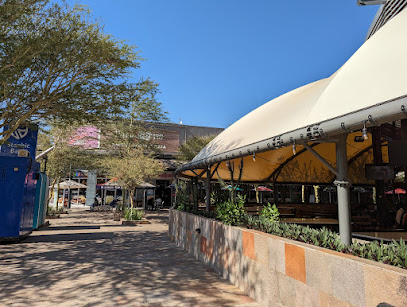
Levy Junction Shopping Mall
Discover the vibrant shopping and dining experience at Levy Junction Shopping Mall, the ultimate destination for tourists in Lusaka, Zambia.

Arcades Shopping Mall
Explore the lively Arcades Shopping Mall in Lusaka, where shopping meets dining and entertainment in a modern atmosphere.
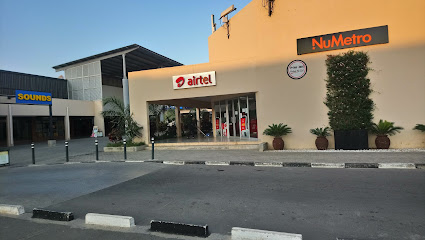
Katies Zambia
Explore Katies Zambia, a charming gift shop in Ndola, offering unique gifts, fashion accessories, and local treasures in a delightful boutique setting.
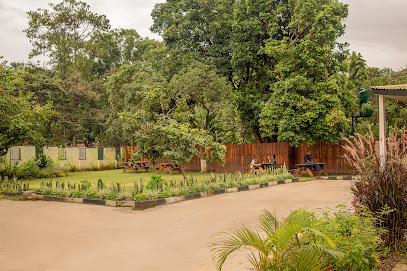
Essential bars & hidden hideouts
The Old Crow Pub
Discover the vibrant atmosphere of The Old Crow Pub in Lusaka, where rustic charm meets lively entertainment for an unforgettable experience.
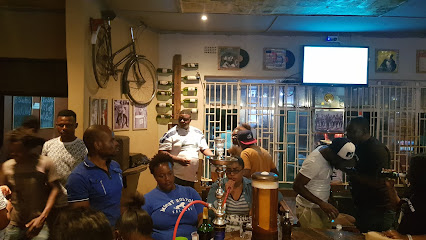
Chukams Pub And Grill
Experience the vibrant nightlife of Lusaka at Chukams Pub and Grill, where delicious food and refreshing drinks meet local hospitality.
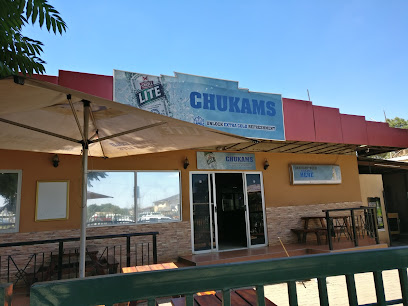
Vix Falls Sports Bar and Restaurant
Vix Falls Sports Bar and Restaurant: A vibrant dining and sports hub nestled in Mosi-oa-Tunya National Park, Livingstone, perfect for tourists seeking fun and flavor.
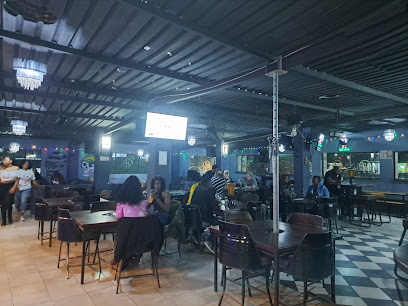
The Elephant Cafe, Livingstone
Experience the rich flavors of Zambia at The Elephant Cafe in Livingstone, where local ingredients meet stunning views and warm hospitality.
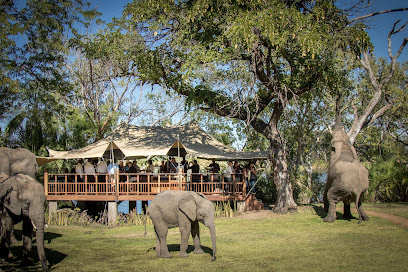
Konka
Experience the vibrant flavors of Lusaka at Konka, where local and international cuisines meet in a lively atmosphere.
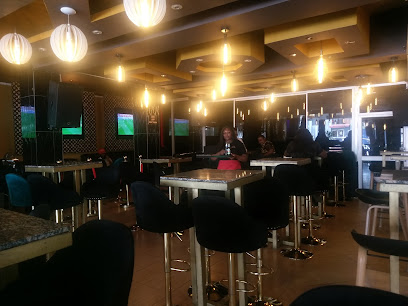
Kubu
Discover Kubu in Livingstone, where exquisite local and international cuisine meets stunning natural beauty for an unforgettable dining experience.
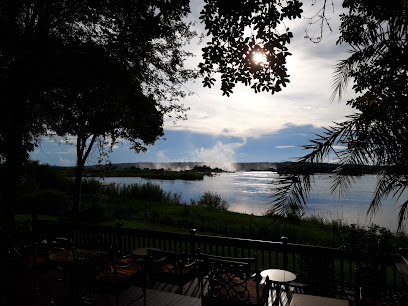
KACHIKA TARVERN
Experience authentic Zambian hospitality at Kachika Tavern in Garneton, where local flavors and vibrant culture come together in a friendly atmosphere.

KASONX CHARITY CREW CLUB HOUSE
Experience the vibrant atmosphere of Kasonx Charity Crew Club House in Lusaka, where community spirit meets a lively bar scene.

The Kabaso's
Discover the heart of Zambia at The Kabaso's, a hotel blending comfort and local charm in the vibrant town of Serenje.
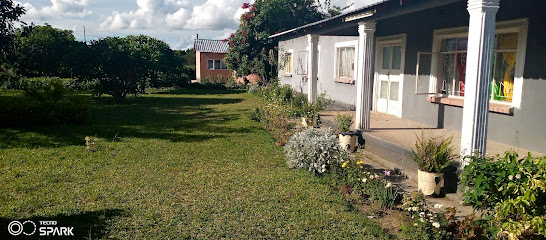
A.J JOINT
Discover A.J JOINT in Mpika, a cozy cocktail bar offering a relaxed atmosphere, delicious drinks, and local charm for an unforgettable experience.

Jonathan Mwanza
Discover the lively atmosphere of Jonathan Mwanza, a vibrant bar in Lusaka, where drinks flow and friendships blossom amidst Zambian nightlife.
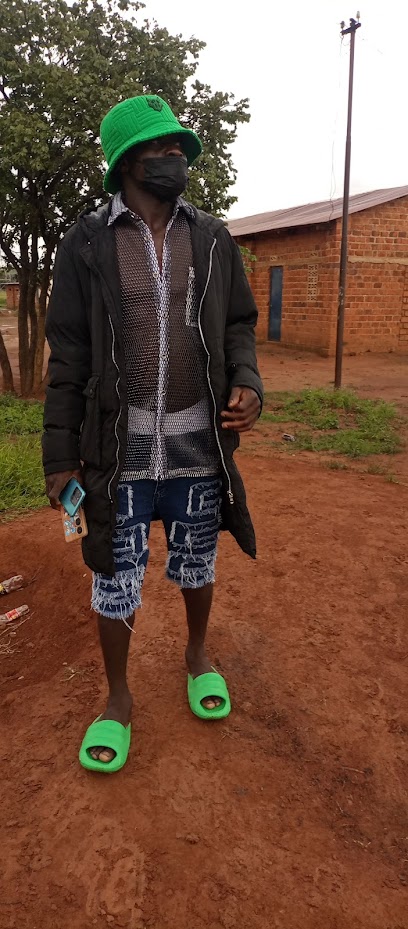
Kampekesela Tarven
Discover the vibrant culture and local flavors at Kampekesela Tarven, a cozy bar in Chipanama offering unique drinks and a welcoming atmosphere.
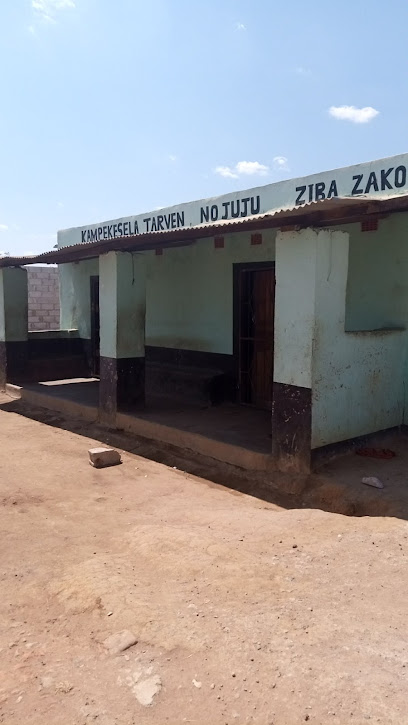
KUMA REASONS (KBS)
Discover the vibrant atmosphere of KUMA REASONS (KBS) in Samfya, where local culture meets relaxation and socializing.
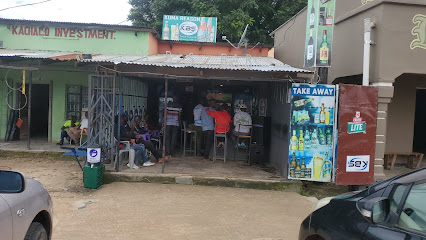
Pa Nsaka
Discover the vibrant local culture at Pa Nsaka, a lively bar in Kalulushi offering authentic Zambian drinks and a warm social atmosphere.
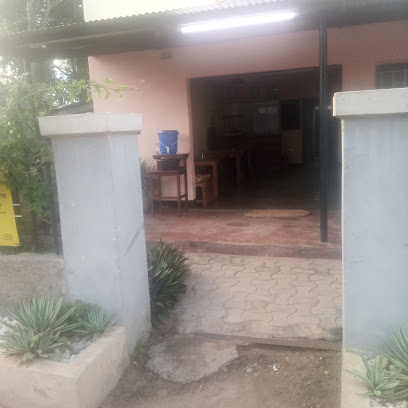
MuzzBagg Shoka's Pub & Grill
Experience the vibrant atmosphere and authentic flavors at MuzzBagg Shoka's Pub & Grill in the heart of Solwezi, Zambia.
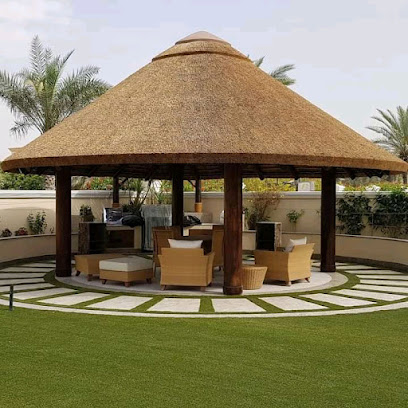
Local Phrases about Kasanka Bat Forest
-
- HelloMwaiseni
[m-wai-se-ni] - GoodbyeSulapo
[su-la-po] - YesEe
[ee] - NoAwe
[a-we] - Please/You're welcomeMwaiseni
[m-wai-se-ni] - Thank youZikomo
[zi-ko-mo] - Excuse me/SorryPepani
[pe-pa-ni] - How are you?Muli bwanji?
[mu-li bwa-nji] - Fine. And you?Nili bwino. Kaya inu?
[ni-li bwi-no. ka-ya i-nu] - Do you speak English?Mukuyankhula Chingerezi?
[mu-ku-yan-khu-la chin-ge-re-zi] - I don't understandSindikudziwa
[sin-di-kud-zi-wa]
- HelloMwaiseni
-
- I'd like to see the menu, pleaseNdikufuna kuyembekeza menu, chonde
[n-di-ku-fu-na ku-yem-be-ke-za me-nu, cho-n-de] - I don't eat meatSindikudya nyama
[sin-di-ku-dya nya-ma] - Cheers!Tikondane!
[ti-kon-da-ne] - I would like to pay, pleaseNdikufuna kuyimba, chonde
[n-di-ku-fu-na ku-yim-ba, cho-n-de]
- I'd like to see the menu, pleaseNdikufuna kuyembekeza menu, chonde
-
- Help!Chilimbike!
[chi-lim-bi-ke] - Go away!Yenda!
[yen-da] - Call the Police!Pangani police!
[pan-ga-ni po-lice] - Call a doctor!Pangani dokotala!
[pan-ga-ni do-ko-ta-la] - I'm lostNdirekunyala
[n-di-re-ku-nya-la] - I'm illNdiri wabwino
[n-di-ri wa-bwi-no]
- Help!Chilimbike!
-
- I'd like to buy...Ndikufuna kugula...
[n-di-ku-fu-na ku-gu-la] - I'm just lookingNdimazizimba
[n-di-ma-zi-zim-ba] - How much is it?Ndiada bwanji?
[ni-a-da bwa-nji] - That's too expensiveIzi ndizovuta kwambiri
[i-zi ni-zo-vu-ta kwa-mbi-ri] - Can you lower the price?Mukhoza kusangalala mtengo?
[mu-kho-za ku-san-ga-la-la mten-go]
- I'd like to buy...Ndikufuna kugula...
-
- What time is it?Saatani yanjani?
[sa-a-ta-ni yan-ja-ni] - It's one o'clockNdi saa imodzi
[ni saa i-mo-dzi] - Half past (10)Kusawa nthano
[ku-sa-wa ntha-no] - MorningUsiku
[u-si-ku] - AfternoonMawa
[ma-wa] - EveningMaso
[ma-so] - YesterdayNtchito imeneyi
[nt-chi-to i-me-ne-yi] - TodayLero
[le-ro] - TomorrowMawa
[ma-wa] - 1Modzi
[mo-dzi] - 2Ziwiri
[zi-wi-ri] - 3Zitatu
[zi-ta-tu] - 4Zinayi
[zi-na-yi] - 5Zidzayi
[zi-dza-yi] - 6Zizayi
[zi-za-yi] - 7Zisanu
[zi-sa-nu] - 8Ziwanda
[zi-wan-da] - 9Zikumi
[zi-ku-mi] - 10Zigwilizana
[zi-gwi-li-za-na]
- What time is it?Saatani yanjani?
-
- Where's a/the...?Bwanji ndi...
[bwa-nji ni] - What's the address?Dzina lake ndi bwanji?
[dzi-na la-ke ni bwa-nji] - Can you show me (on the map)?Mukhoza kundikhoza (pa mapha)?
[mu-kho-za kun-di-kho-za (pa map-ha)] - When's the next (bus)?Saatani yilipo yomweyo (bus)?
[sa-a-ta-ni yi-li-po yo-mwe-yo (bus)] - A ticket (to ....)Tikiti (ku ....)
[ti-ki-ti (ku)]
- Where's a/the...?Bwanji ndi...
History of Kasanka Bat Forest
-
Kasanka Bat Forest, part of the larger Kasanka National Park, has been a sanctuary for wildlife for centuries. Nestled in the Central Province of Zambia, the park was established in the 1980s to protect the region's rich biodiversity, including the unique bat forest. This area is characterized by its dense swamp forest, which provides an ideal habitat for the bats and other species.
-
One of the most spectacular natural events in Kasanka Bat Forest is the annual migration of millions of straw-colored fruit bats. This phenomenon typically occurs between October and December, when the bats migrate from the Democratic Republic of Congo to feast on the abundant fruits in Kasanka. This migration is considered one of the largest mammal migrations in the world and attracts researchers and tourists from around the globe.
-
The bat forest holds significant cultural importance for the local Bemba people. The bats are considered symbols of fertility and abundance, and their arrival marks a time of celebration. Traditional ceremonies and rituals are often performed to honor the bats and seek blessings for good harvests and prosperity.
-
Throughout its history, Kasanka Bat Forest has faced several conservation challenges, including deforestation, poaching, and habitat destruction. Various conservation organizations, including the Kasanka Trust, have been instrumental in protecting the forest and its inhabitants. Efforts have included reforestation projects, anti-poaching patrols, and community education programs to promote sustainable practices.
-
Kasanka Bat Forest has been a focal point for scientific research, particularly in the fields of ecology and biology. Studies conducted in the area have provided valuable insights into bat behavior, migration patterns, and the broader ecosystem. These research efforts have not only advanced scientific knowledge but also informed conservation strategies to ensure the long-term preservation of the forest.
-
In recent years, eco-tourism has become a vital component of Kasanka Bat Forest's history. The annual bat migration attracts thousands of visitors, contributing to the local economy and raising awareness about the importance of conservation. Eco-friendly lodges and guided tours have been developed to offer immersive experiences while minimizing the environmental footprint.
Kasanka Bat Forest Essentials
-
Kasanka Bat Forest is located in the Kasanka National Park in Zambia's Central Province. The nearest major city is Lusaka, approximately 500 kilometers away. Visitors can fly into Kenneth Kaunda International Airport in Lusaka. From Lusaka, you can either rent a car or arrange for a transfer service to Kasanka. The drive takes around 6 to 7 hours. Alternatively, you can take a domestic flight to Kasanka's nearby airstrips, such as the one at Serenje, followed by a short drive to the park.
-
Within Kasanka National Park, the most convenient way to get around is by 4x4 vehicles. These can be rented in advance or arranged through tour operators. Bicycles are also available for hire for those who prefer an eco-friendly way to explore the park's trails. Walking safaris are another popular option, offering a closer and more intimate experience with nature. Note that public transportation options are limited, so private arrangements are highly recommended.
-
The official currency in Zambia is the Zambian Kwacha (ZMW). Credit cards are accepted in some lodges and larger establishments within the park, but it is advisable to carry cash for smaller transactions, park fees, and tips. ATMs are available in major cities like Lusaka and Serenje, but not within the park itself. Ensure you withdraw sufficient cash before arriving at Kasanka National Park.
-
Kasanka National Park is generally a safe destination for tourists. Nonetheless, it is important to follow standard safety guidelines. Avoid walking alone in remote areas, especially at night. Keep your belongings secure and be cautious of wildlife. There are no specific high-crime areas targeting tourists within the park, but it is always best to stay vigilant and aware of your surroundings.
-
In case of an emergency, contact park rangers or staff at your lodge immediately. They are trained to handle emergencies and can assist you in contacting local authorities or medical services. The nearest medical facilities are in Serenje, approximately 70 kilometers away. It is highly recommended to have travel insurance that covers medical emergencies, including evacuation. For minor health issues, lodges often have basic first aid supplies.
-
Fashion: Do wear lightweight, breathable clothing and sturdy shoes. Avoid bright colors that may attract insects. Religion: Do respect local customs and traditions. Remove your hat when entering religious or communal areas. Public Transport: Do be polite and patient if using local transportation options. Don’t expect strict adherence to schedules. Greetings: Do greet people with a handshake and a friendly smile. Greetings in the local language (Bemba or Nyanja) are appreciated. Eating & Drinking: Do try local dishes and drinks. Don’t drink tap water; always opt for bottled or purified water.
-
To experience Kasanka Bat Forest like a local, visit during the fruit bat migration season between October and December. Engage with local guides who can provide rich insights into the park's ecology and wildlife. Participate in community projects or cultural events organized by local villages. Don't miss the sunrise and sunset views, which offer spectacular photo opportunities. Always respect wildlife and follow the guidance of park rangers to ensure a safe and enjoyable experience.
Nearby Cities to Kasanka Bat Forest
-
Things To Do in Kitwe
-
Things To Do in Kasama
-
Things To Do in Kabwe
-
Things To Do in Chipata
-
Things To Do in Lusaka
-
Things To Do in Lilongwe
-
Things To Do in Solwezi
-
Things To Do in Mzuzu
-
Things To Do in Nkhata Bay
-
Things To Do in Kariba
-
Things To Do in Salima
-
Things To Do in Karonga
-
Things To Do in Chinhoyi
-
Things To Do in Mbeya
-
Things To Do in Mangochi




